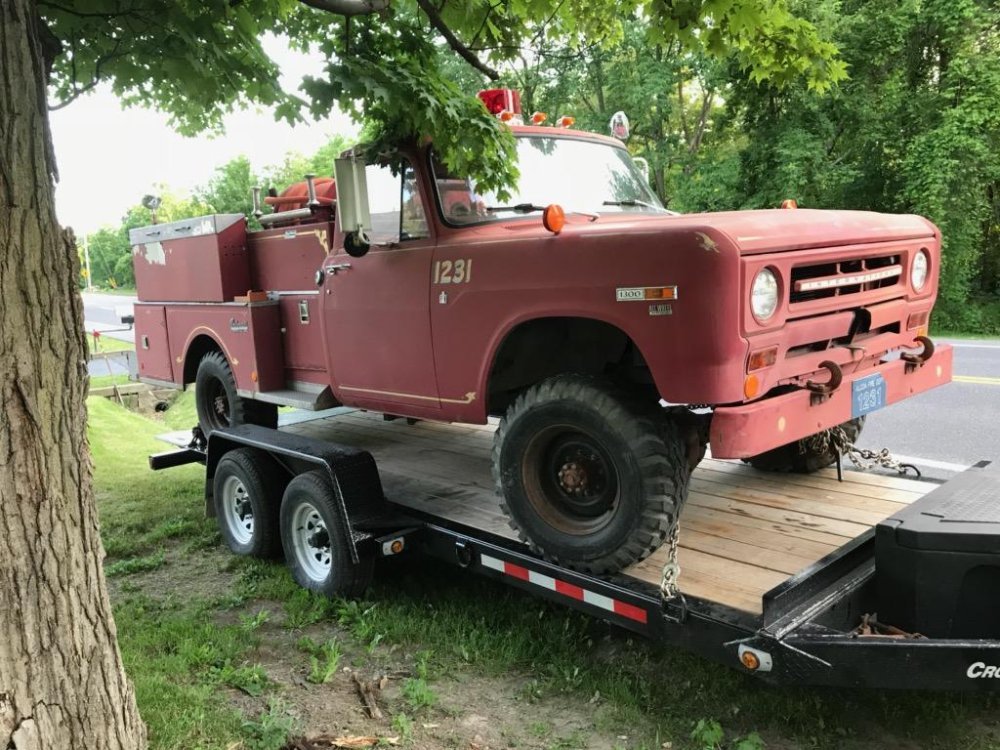dbrannon79
I'm getting there!
Good morning fellas,
I know lots of you guys here on the forum have done hauling and are experienced, as for myself I have hauled lighter things but nothing heavy.
I'm looking around for some advice on hauling a vehicle weighing about 8-10k with a truck about the same weight for about a 200 mile stretch. other than renting a gooseneck or calling a wrecker, are there other options like using a tow bar that connects to the bumper and lets the vehicle roll on it's four wheels? Or one of those car dollies that cradle the two front wheel?
one of the issues I'm running into is with a gooseneck the state requirements are I need to be under 26K lbs total without having a CDL license.
I know lots of you guys here on the forum have done hauling and are experienced, as for myself I have hauled lighter things but nothing heavy.
I'm looking around for some advice on hauling a vehicle weighing about 8-10k with a truck about the same weight for about a 200 mile stretch. other than renting a gooseneck or calling a wrecker, are there other options like using a tow bar that connects to the bumper and lets the vehicle roll on it's four wheels? Or one of those car dollies that cradle the two front wheel?
one of the issues I'm running into is with a gooseneck the state requirements are I need to be under 26K lbs total without having a CDL license.


